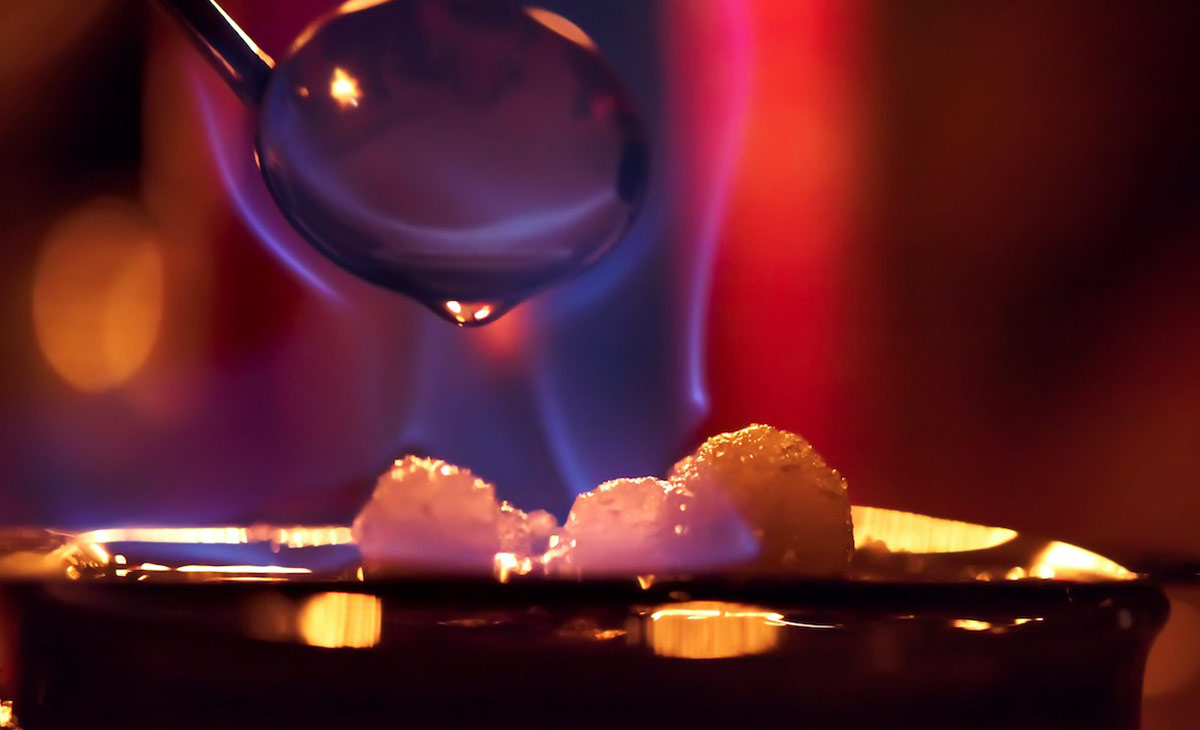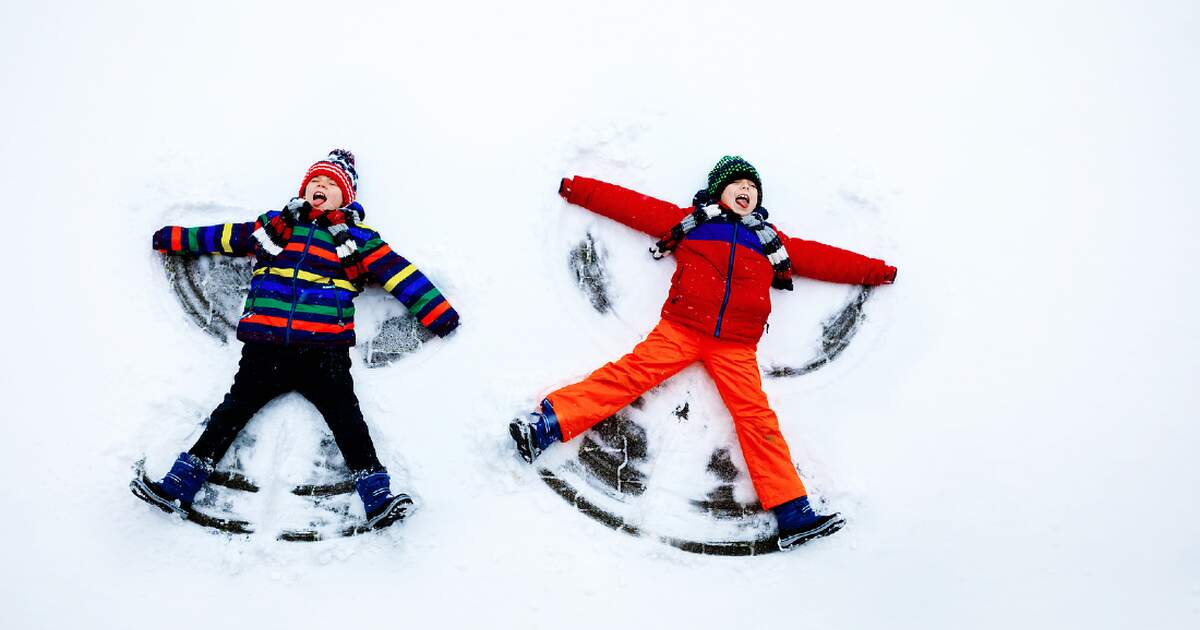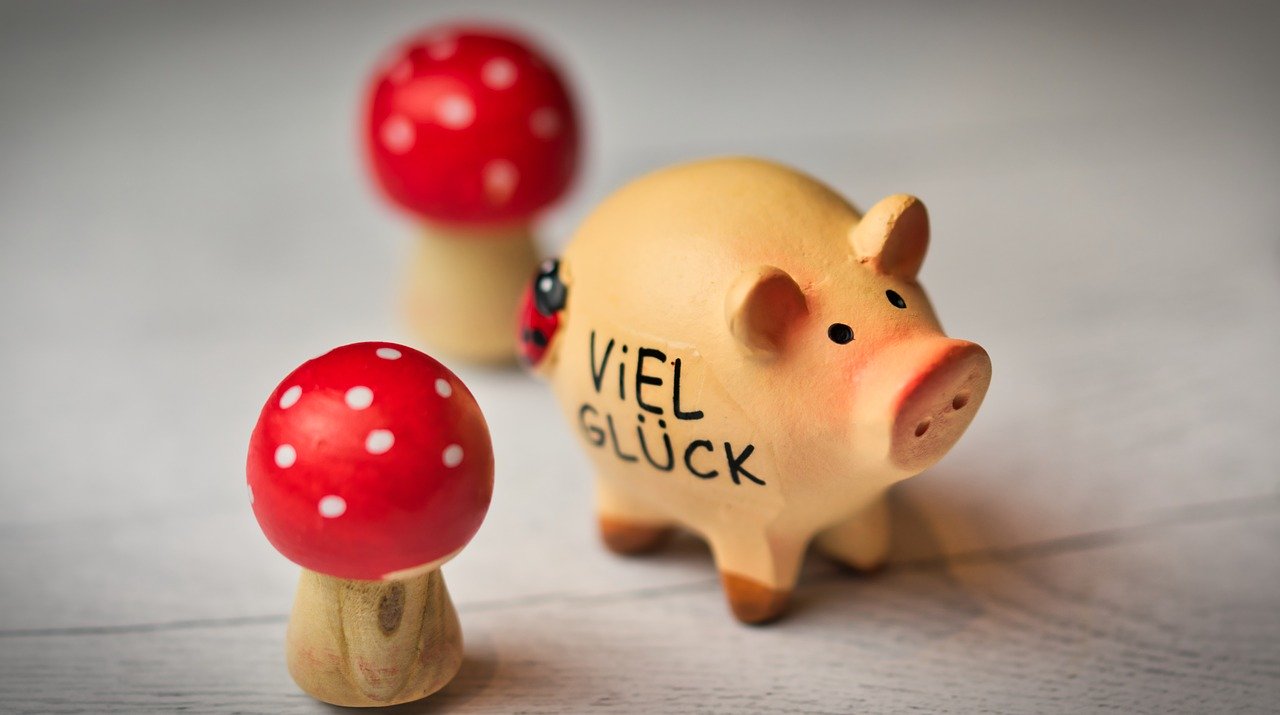Christmas is over, but there’s no time to draw breath, because the next German holiday is nearly upon us! When the clock strikes midnight on December 31, people across the country will be setting off fireworks, melting lead and maybe even settling down to watch a TV sketch from 1963…
German New Year’s Eve traditions
If you’re wondering what to expect when the clock strikes midnight, take a look at our guide to celebrating New Year’s Eve – or Silvester as it’s known in German – like a local.
1. Avoid fish (apart from carp)
Silvester is the German name for New Year’s Eve, after Pope Sylvester I who died on December 31, 335. When the Gregorian calendar was reformed in 1582, the last day of the year was placed on December 31, combining Sylvester’s feast with what we now know as New Year’s Eve.
According to legend, the non-believers who were with Sylvester when he died choked on fish bones – hence the need to forego any fishy German dishes on the night of December 31. The one exception is anything containing carp – which is believed to bring luck. Keeping a carp scale in your wallet is meant to keep it fat with cash all year long.
2. Drink Feuerzangenbowle

As well as sparkling wine (Sekt) and German beer, Feuerzangenbowle (literally, flaming fire tongs punch) is an absolute must-have drink for a typically German New Year’s Eve. This hot showstopper of a punch is like Glühwein on steroids, including not only wine and spices but also rum, oranges, lemons, ginger, sugar, and flames!
Before serving, a rum-soaked sugarloaf is suspended above the wine mixture and set on fire. The sugar caramelizes and then drops into the wine. Alcohol and fire theatrics – what could be better?
3. Eat a Berliner Pfannkuchen
![Berliner-Rezept - [ESSEN UND TRINKEN]](https://image.essen-und-trinken.de/11834344/t/GK/v9/w1440/r1.7778/-/berliner-e28ace66530dd43d4c6c5784ee97ae7a-et2016011121-jpg--9769-.jpg)
Known as Pfannkuchen in Berlin, Krapfen in the south and Berliner pretty much everywhere else, Berliner Pfannkuchen are a kind of doughnut filled with fruit jam and covered with sugar. Back in the day, they were considered a treat for special occasions, so it’s quite typical to indulge in one or two on New Year’s Eve.
You’ll see bakeries in Germany churning out extra amounts of Pfannkuchen in the run-up to Silvester to keep up with demand. As well as the usual jam doughnuts, you will also come across special varieties filled with chocolate, vanilla and eggnog. You can also find “trick” Pfannkuchen where one unlucky person ends up with a filling of mustard or onions. Hilarious!
4. Look into the future by melting lead
You’re not truly integrated into German culture if you haven’t melted lead (or a safer alternative material!) on New Year’s Eve to discover what the future has in store for you. Known as “Bleigiessen” (lead pouring), this custom involves heating a small piece of lead in a spoon held over an open flame and then dropping it into cold water.
The shape it forms is meant to reveal what the next year will bring. An eagle means good things for your job, a ball signifies luck rolling your way, flowers new friendships and an anchor that you may be in need of help. Be wary of a cross – it’s meant to signify death.
5. Watch “Dinner for One”

For reasons beyond anyone’s understanding, a black and white, 17-minute stage sketch entitled “Dinner for One” has been aired on German television almost every New Year’s Eve since 1963, making it the most frequently-repeated show ever. Despite being an absolute cult classic that is watched by millions of viewers in Germany every year, almost no one has ever heard of it in its home country, Britain.
The classic, English-language version was filmed in front of a live audience in Hamburg in 1963. The plot, full of slapstick humour, revolves around a woman who is celebrating her 90th birthday – but with imaginary friends who have long since died. To cover their absence, her butler proceeds to get sloshed, repeating the now-famous catchphrase: “Same procedure as last year, Miss Sophie?”
6. Let off some fireworks
No one does fireworks like the Germans on Silvester. Traditionally, the loud bangs and bright lights were believed to scare away evil spirits, but nowadays it’s just a good excuse for just about anybody to try their hand at pyrotechnics – although some cities have now started to ban fireworks in certain areas. Check with your local authority to make sure you stay inside the rules.
7. Wish people “einen guten Rutsch”

There’s nothing more German than wishing people “Einen Guten Rutsch ins Neue Jahr”. No, they don’t want you to slip in the snow! It’s a very German way of wishing you health and happiness in the new year.
The expression is believed to be derived from the Yiddish word “Rosch”, from Rosh Hashanah, the name of Jewish New Year, or the old meaning of the German word “Rutsch” – a journey.
8. Give out some lucky charms

Yes, they’re ugly, but they’re lucky! Lucky charms (Glücksbringer) in Germany come in all shapes and sizes and are typically given as gifts from New Year’s Day onwards to secure luck, fortune, happiness, and success.
They’re often made from marzipan, chocolate, or biscuit – but only a fool eats their lucky charms! Some of the most popular varieties include Glückspilze (lucky mushrooms), Glücksschweine (lucky pigs), and Glückskäfer (lucky ladybirds) as well as the more classic things like four-leaf clovers and horseshoes.
Bring in the New Year like a German
Whether you’re embracing German traditions or celebrating New Year’s Eve in your own way, we hope it’s an evening to remember. Here’s to einen guten Rutsch ins neue Jahr!
By: iamexpat.de
